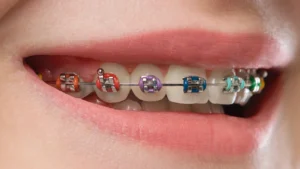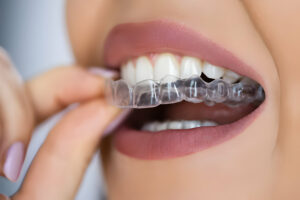Braces and Orthodontics: Achieving a perfect smile

What are braces?
Braces are crucial in orthodontic devices used to correct misaligned teeth and jaws. They are typically used to address various dental issues, such as crooked teeth, overcrowded teeth, gaps between teeth, and bite problems (overbite, underbite, cross bite, etc.). Braces work by applying continuous pressure over a period of time to gradually move teeth into the desired position.
In most cases, braces are usually placed by dentists.
The Benefits of Braces
Braces offer several benefits, both cosmetic and functional Here are some of the benefits;
- Improved oral health: properly aligned teeth are easier to clean, reducing the risk of cavities, gum diseases, and other oral health issues.
- Better bite; correcting bite issues can improve your chewing and speaking, and also prevent uneven wear on teeth. Reduces strain on jaw muscles and joints, potentially preventing temporomandibular joint disorders.
- Improved alignment: braces treatment can also help in the correction of crooked or misaligned teeth. Must ensure proper bite alignment (OVERBITE,UNDER BITE, CROSS BITE)
- Enhanced appearance: straighter teeth can give you a more attractive, brighter smile and help boost self-confidence and self-esteem.
- Reduced risk of injury: protruding teeth are more susceptible to injury. Braces can help reduce this risk by aligning teeth properly.
Types Of Braces
When it comes to achieving a perfect smile, dental braces are one of the most effective solutions. With advancements in orthodontics, there are now various types of braces available to suit different needs and preferences. Let’s explore the different types of dental braces and their unique benefits.
Traditional Metal Braces

Metal braces are made up of stain-resistant steel brackets. Brackets are attached to our teeth using a special adhesive. These brackets are connected by an arch wire, which is held in place by elastic bands (ligatures). The wire applies continuous pressure to move your teeth into their correct positions over time. Metal Braces are highly effective for treating complex dental issues such as severe misalignment, overcrowding and bite problems. These are most common type of braces. These braces can be uncomfortable in initial days. But most patients can adopt over time.
Ceramic braces

Ceramic braces are made of clear or tooth-colored ceramic material. These are functionally similar to traditional metal braces but use tooth colored material instead of metal ones. This is less noticeable on your teeth than metal braces. Ceramic brackets are more brittle and can break more easily than metal brackets. They may also be more prone to staining, especially if proper oral hygiene is not maintained. These are more expensive than traditional metal braces. Consult with your orthodontist to determine if ceramic braces are the right option for your orthodontic needs and lifestyle.
Lingual braces

These are custom-made braces that are invisible from the outside. They are attached to the inner parts of the teethLingual and tooth braces are not fully visible from the front. More expensive than traditional and ceramic braces and Can cause tongue irritation and speech difficulties initially. These braces are ideal for Individuals who want effective orthodontic treatment without the braces being visible.
Self-ligating braces

Self-ligating braces are a modern orthodontic treatment option that has gained popularity in recent times. Self-ligating braces use a specialized bracket system that eliminates the need for elastic or metal ties. Instead, they use a special clip to hold the arch wires in place. This design allows the wire to move more freely within the brackets, reducing friction and potentially speeding up treatment times. These are generally more expensive than traditional braces due to the advanced technology and materials used.
Clear aligners (Invisalign)

Clear aligners are a series of custom-made, transparent and removable trays designed to fit over your teeth. Each set of aligners help to move your teeth into desired position over time. You have to wear each set of aligners for about 22–24 hours/day; remove them only while eating, drinking and brushing. You should switch to new set of aligners for every two weeks as directed by your orthodontist for slight teeth movement. Clear aligners tend to be more expensive as compared to traditional braces. Clear aligners are virtually invisible, making them a great option for those who are concerned about appearance.
The orthodontic process
Initial consultation: At first consultation, your orthodontist will examine your teeth, jaws and bite later on she will discuss your past medical and dental history, takes x-rays, photographs and dental impressions or digital scans to create treatment plan.
Treatment planning – your orthodontist will analyze the diagnostic records, discuss the treatment options, ,which may include braces, clear aligners, or other appliances and explain the treatment cost and duration.
Appliance placement-Before placement of appliance, cleaning and preparation of your teeth have to be done. Then Braces or aligners are placed on your teeth. Braces involve attaching brackets to your teeth through bonding and an arch wire is threaded through the brackets. For aligners, you’ll receive your first set of custom-made aligners.
Adjustments: you have to visit your orthodontist regularly for every 4–8 weeks for adjustments to the braces or to receive new sets of aligners. This can help gradually move the teeth into the desired position.
Completion and Retention-Once your teeth are properly aligned, braces are removed and a retainer is placed to maintain the new position of the teeth.
Caring for your braces
–Brush your teeth at least twice a day using a soft bristled toothbrush or an orthodontic tooth brush designed for braces, preferably after every meal. floss at least once a day. Rinse with a fluoride mouthwash daily to help prevent cavities and strengthen tooth enamel.
Avoid hard foods ( nuts, hard candies, and ice) that can break brackets and wires; sticky foods (e.g., caramel, chewing gum) that can get stuck in your braces, chewy foods; and crunchy foods. Instead of these, you can eat soft fruits (bananas, berries) and dairy products (yogurt, cheese, and milk)
-Make sure you attend all scheduled orthodontic appointments for adjustments and monitoring of your progress.
-You may experience a little discomfort after placing braces, To relieve discomfort or irritation, you can apply orthodontic wax to brackets or wires. You may also rinse your mouth with a warm saltwater solution to soothe irritation and promote healing.
Conclusion
Braces are an effective orthodontic treatment for correcting dental alignment issues, including crooked teeth, overcrowding, and bite problems. They also provide numerous benefits, such as improved oral health, better bite function, and enhanced aesthetics. The treatment process requires a commitment to regular adjustments and good oral hygiene practices. While the duration of treatment can vary, the long-term results often lead to a significant improvement in both dental function and appearance, contributing to greater overall confidence and well-being.


